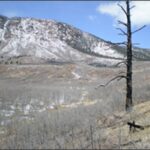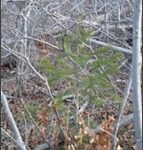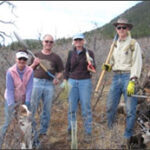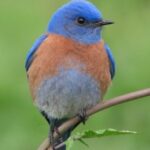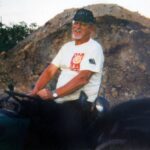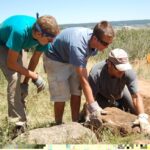See FOMP Board of Directors Meeting Minutes March 12, 2012 for the PDF.
|
Friends of Monument Preserve P.O. Box 634 Monument, CO 80132-1216 Board Meeting March 13, 2012 |
I. Call to Order and Attendance: The Board meeting of the FOMP began at 7:00 p.m. in the Fire Center Classroom. Members present were Jon Nordby, president; Diane Strohm, treasurer, Marianne LaRivee, secretary; as well as Diane Bandle, Brian Mullen, Joe Ennis, and Hermann Spielkamp, members at large. Nancy Spielkamp, Doug Bandle, Jeff Steinhoff, Dan Cuvala, Candace and Dana Duthie, and Terri and Robert Erickson were also in attendance. Jane Fredman and Susan Davies represented the Trails and Open Space Coalition.
II. Issues:
A. Elections: All officers volunteered to serve another term. Thus, Jon Nordby is president, Chris Tirpak is vice president, Diane Strohm is treasurer, and Marianne LaRivee is secretary. Members at large include Brian Mullin, Bill Bensen, Diane Bandle, Joe Ennis, Hermann Spielkamp, and Heidi McClure.
B. Hot Shots Potluck: The potluck dinner is scheduled for Monday, 23 April 2012 at 5:30. Diane Bandle passed around a sign-up sheet for casseroles, side dishes, and desserts. All who missed the meeting are welcome to call Diane to volunteer their culinary skills.
C. Mel Rezac Memorial Tree Planting: is Saturday, 7 April 2012, at 10:00. Snow date is 14 April 2012.
D. New Camping Regulations: Joe Ennis reported a change in camping regulations for the Pike/San Isabel National Forest. The Forest Service has closed all open camping in Buffalo Creek, off Rt 550. Camping is now allowed only in posted areas. This is potentially good news for our area, if the USFS is willing to restrict camping/parking along Mt Herman, thus removing the opportunity for shooters.
E. Occupy Mt Herman: Jon Nordby pointed out that to keep shooters from endangering hikers and bikers on Trail 751, we would necessarily have to close four separate pull-outs along Mt Herman. Diane Strohm noted that a new district ranger will be selected within months, so we may have an ally to help close those pull-outs, discouraging both campers and shooters.
F. Willow Springs Ranch: Two members of the Trails and Open Space Coalition (TOSC), Susan Davies and Jane Fredman, announced an informational meeting Thursday, 15 March in the Monument Town Hall at 6:30 to measure local interest in turning the 250 acre Willow Springs Ranch property into a green space. Upon default of the original developer, the bank that owns the property is willing to sell it (all or in part) to a community group that would preserve the area for trails, open space, and possibly ball fields for the school district.
G. Crew Leader Class: Susan Davies also announced a 2½ day Crew Leader Training Class 20-22 April 2012 sponsored by TOSC and similar groups to teach volunteers the art of trail maintenance and rehabilitation. Information is available on their web site, TOSC.org.
III. Adjournment. The meeting was adjourned at 8:10 p.m.

